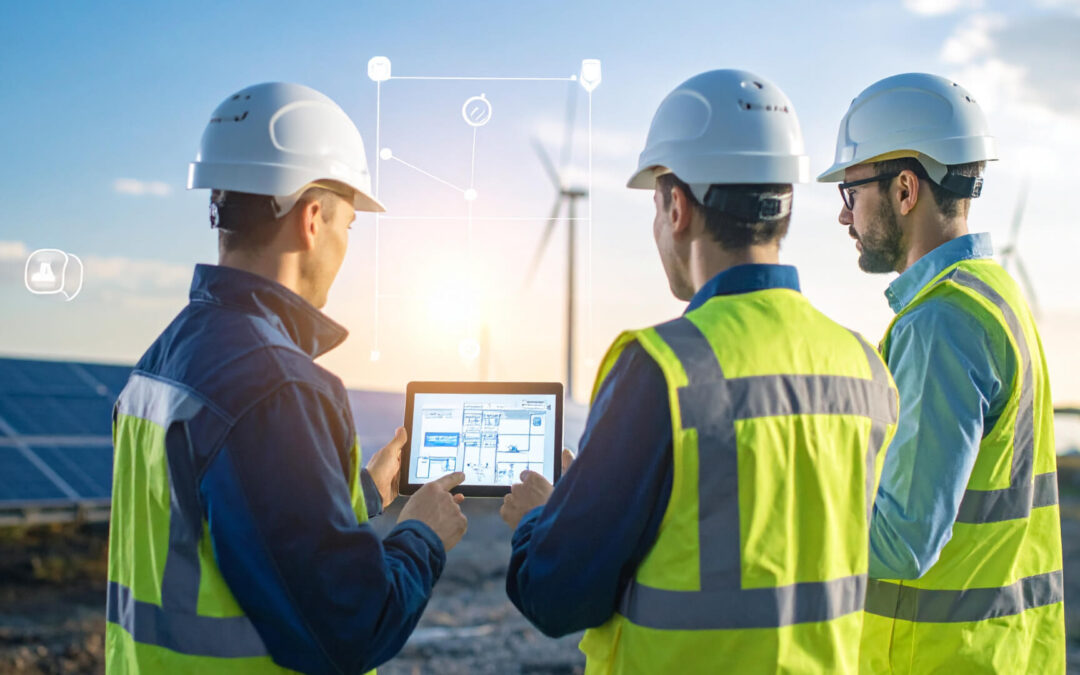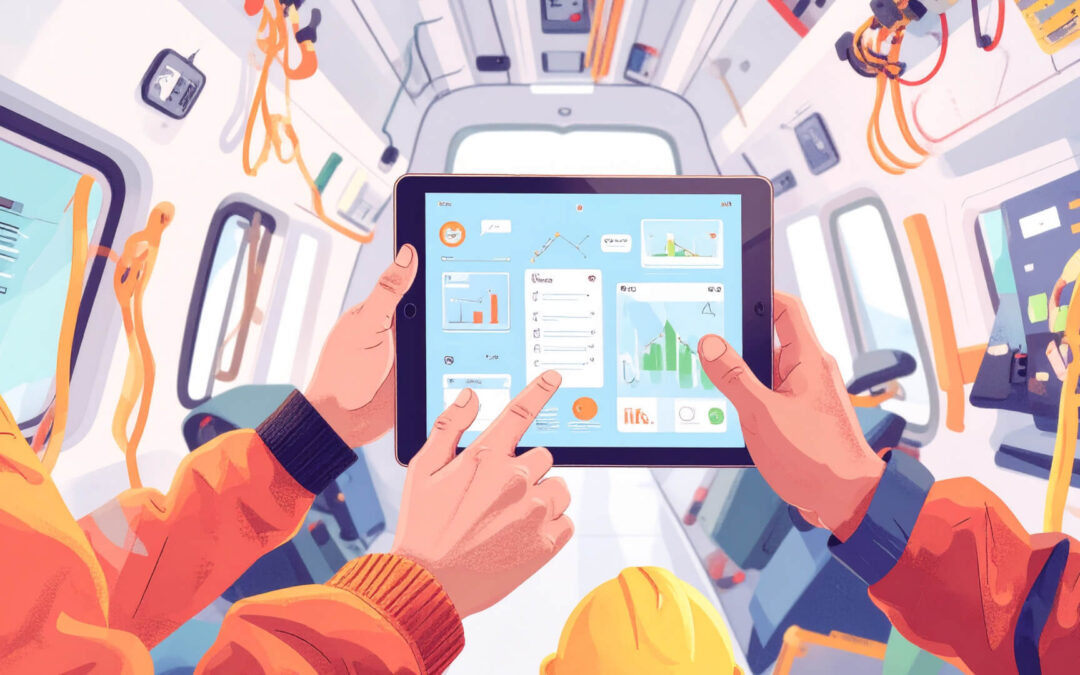The Challenge
The wind energy industry is experiencing unprecedented growth, with the Global Wind Organisation (GWO) projecting a need for more than 532,000 technicians globally by 2028—over 40% of whom will be new entrants to the sector. This surge in demand, driven by the urgent transition to renewable energy, highlights a critical bottleneck: the current process for certifying Authorised Technicians (AT) under the Wind Turbine Safety Rules (WTSR) is slow and document-heavy.
Traditional pathways require candidates to complete lengthy training sessions (often in person), submit extensive paperwork, and undergo manual assessments—each step introducing delays and inefficiencies.
As a result, many aspiring technicians find it difficult to enter the industry, with entry-level roles often requiring experience that is hard to obtain without prior certification or employment. This mismatch between industry needs and training capacity leads to lost productivity, operational inefficiencies, and missed opportunities for workforce expansion.
A Smarter Approach: Microlearning & Digital Tools
To address these systemic challenges, leading organizations are turning to innovative solutions such as GML’s structured microlearning and digital assessment platforms.
Microlearning breaks down the complex technical and safety content required for WTSR certification into short, focused modules—each typically lasting 15–20 minutes—enabling candidates to learn at their own pace and on their own schedule, rather than being tied to rigid, one-day classroom sessions. This approach not only accommodates the busy lives of technicians but also improves knowledge retention and application.
Digital tools are central to this transformation. Digital proof of competence is generated automatically as candidates progress through each microlearning module, providing a clear, auditable record of skills and understanding. This eliminates much of the administrative burden associated with traditional certification and enables real-time tracking of candidate progress. Global Forms can be integrated into the learning platform, allowing candidates to submit evidence of real-world competence—such as site observations or completed safety checks—directly through digital channels. AI chatbots offer instant, on-demand support, answering questions, providing feedback, and conducting ongoing mini-assessments to reinforce learning and ensure continuous competence.
Recent data from Scotland highlights the scale of the opportunity: in the 2022/2023 academic year, over 14,890 students enrolled in college engineering courses relevant to wind and solar sectors, and over 53,500 in broader STEM-related higher education courses. However, only a fraction of these graduates enter the renewables workforce, often due to gaps in specialized, role-specific training.
Digital microlearning and ongoing assessment can help bridge this gap by delivering targeted, industry-relevant content and enabling candidates to demonstrate competence in practical, real-world scenarios.
Benefits
Adopting microlearning and digital tools delivers measurable, immediate benefits for both individuals and organizations:
- Faster Certification:
Microlearning can reduce certification timelines from weeks or months to days, as seen in the transition from traditional one-day classroom courses to flexible, online modules.
- Increased Productivity:
With over 532,000 technicians needed globally, accelerating certification means companies can deploy skilled staff more quickly, reducing downtime and boosting operational output.
- Improved Compliance:
Digital records and ongoing validation ensure that all learning and assessment activities are transparent, auditable, and aligned with WTSR requirements, simplifying compliance and audit processes.
- Enhanced Engagement:
Interactive, bite-sized learning and AI-driven support keep candidates engaged and motivated, leading to higher retention rates and better outcomes.
For example, 71% of modern apprentices in Scotland remain with their employer 15 months after completing training, suggesting that effective, engaging training improves long-term workforce stability.
Conclusion
The wind energy sector’s rapid expansion—driven by the urgent need for over 532,000 technicians globally—demands a faster, smarter approach to AT certification under WTSR.
By embracing structured microlearning, digital proof of competence, and AI-driven support tools, organizations can overcome the limitations of traditional training and unlock a more agile, efficient, and compliant workforce.
This modern approach not only accelerates certification but also ensures that technicians are better prepared, more engaged, and more productive in their roles—ultimately supporting the industry’s ambitious growth targets and the global transition to renewable energy.
FAQ
What’s the problem with current AT certification?
It’s slow, paper-heavy, and needs long in-person training.
How does microlearning help?
Short online lessons let candidates learn anytime and finish faster.
What do digital tools do?
They track progress, provide instant proof, and offer AI support.
Why speed up certification?
The wind sector needs many technicians fast to grow and meet demand.
Does this improve compliance?
Yes, digital records make audits easier and clearer.
Is learning better this way?
Yes, bite-sized lessons and AI keep learners engaged and confident.




